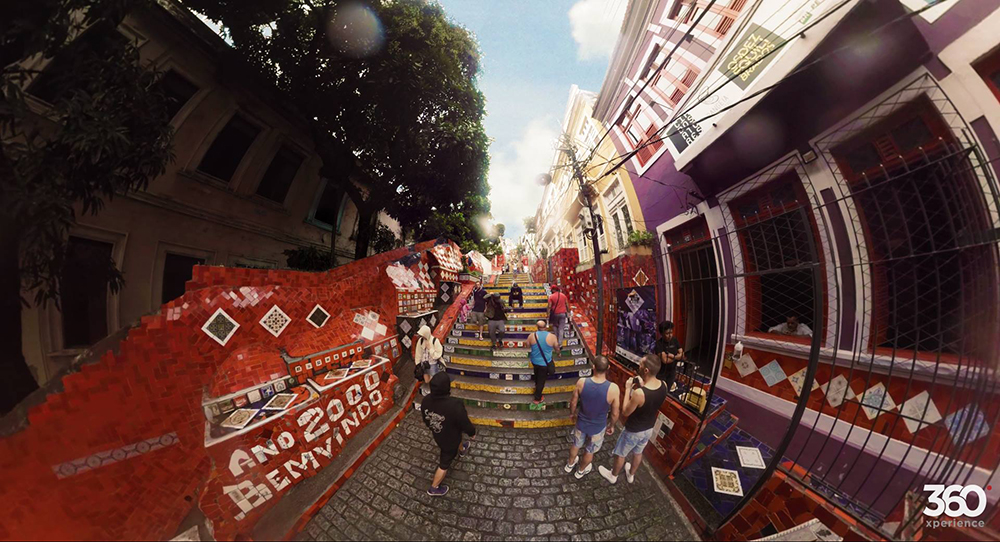
Is 360 video the wave of the future? These days, storytelling is getting increasingly sophisticated. Instagram recently integrated a feature into its app called “Instagram Stories”, which allows users to post short stories that go away after 24 hours. Social media sites are making it easier to share photos, short videos, and long videos with followers or visitors. Like it or not, the possibilities for storytelling are expanding just as quickly as the tech side of it is!
YouTubers are filming videos for their subscribers that not only use high-tech equipment, but even occasionally drones to get panoramic shots of cities or film themselves doing an activity from above. Videos are being thought about in depth and painstakingly edited after before finally being presented. A simple cooking video that may have just been very basic in presentation and quality a few years ago have leapt to become high-resolution, highly thought out compositions in which everything from aesthetics to angle to end result are being considered before and during filming.
Putting on a Samsung Gear, Oculus Rift, or Google Cardboard is increasing in popularity. In fact, 360 video production itself is rising in popularity. YouTube and Facebook are offering full 360 videos that give a realistic experience in film. As with anything, the novelty of this video format is very high right now. Beyond that, artists and videographers are likely to continue to use this format into the future and not only film cool things like themselves surfing but also use this medium to tell stories in a different way. Filmmakers are now adapting what they film to the new possibilities that this video format offers.
Creative strategy director for Mofilm, Elisha Greenwell, agrees, adding that the greatest power of this medium is its ability to create empathy. Greenwell said that in the past, it’s been “about close-ups that put you in the eyes of that person”. She said that this medium creates depth and empathy because the viewer feels that they are in that story, that they or the camera is the character, and people get to feel and experience what it’s like to be that person with their senses more than just what it’s like to be them.
She says that this approach is completely different. The angle is a circle, not just linear. Greenwell admitted that the medium is just as challenging as it is exciting, relating that good filmmakers will be confronted with a new landscape in which their story exists. She said that planning out where the viewer’s attention will be is challenging and they must consider the angles instead of a traditional “controlled scene”. It’s nearly a different way of thinking for filmmakers and creators, for directors and even for actors or people who are in these types of videos. Some would argue that this factor is precisely part of its attractiveness.
This type of video is still being developed. The sound issue for this type of video is currently an unsolved problem, with many conflicting sounds popping into the video and overlapping. Traditional film style involves cutting or editing sound and adding it in, but Greenwell points out that the whole world is your environment, so it’s tough to choose what to emphasize. One thing is for sure, the medium is still growing, and the creative possibilities are still being discovered.
